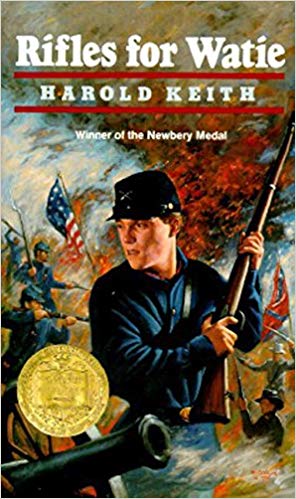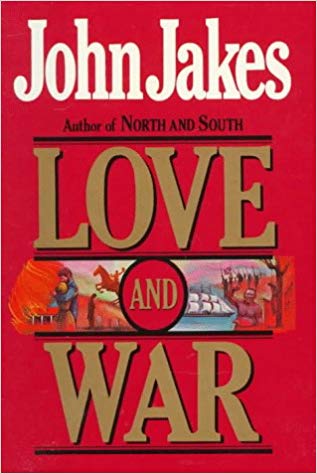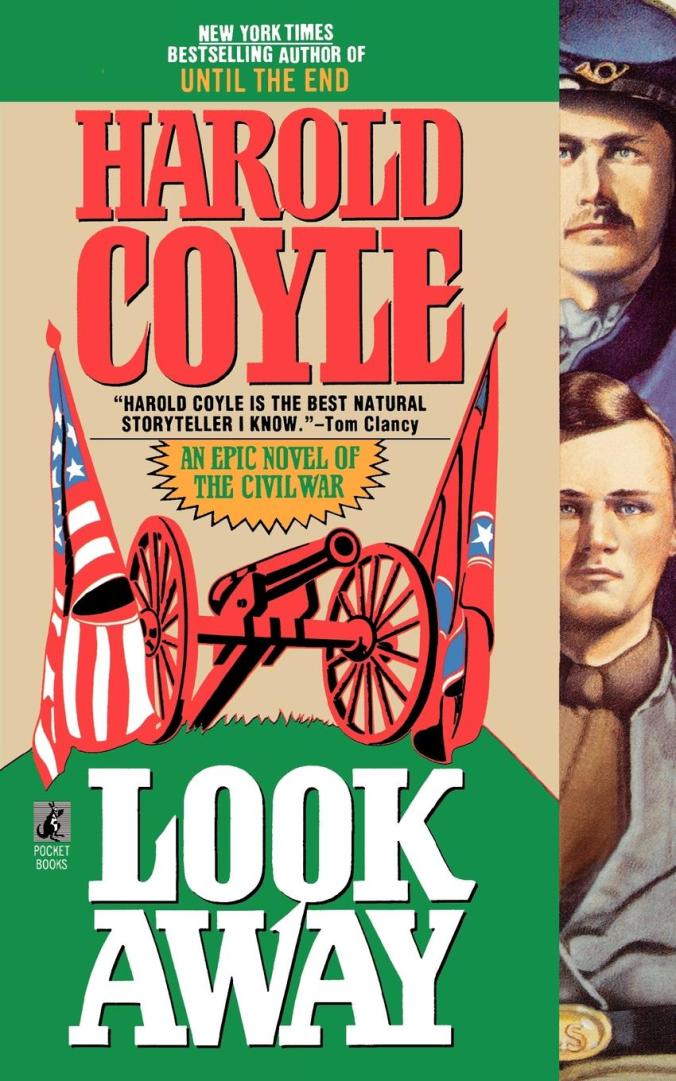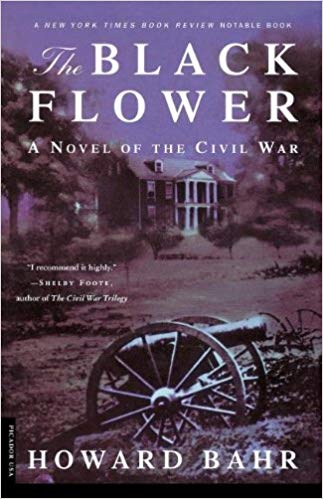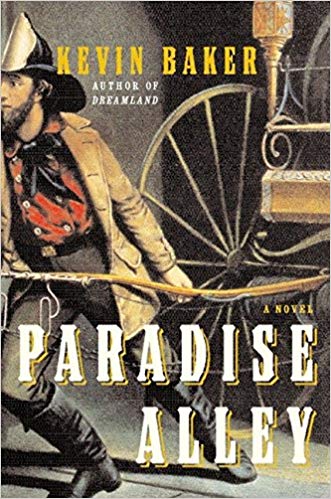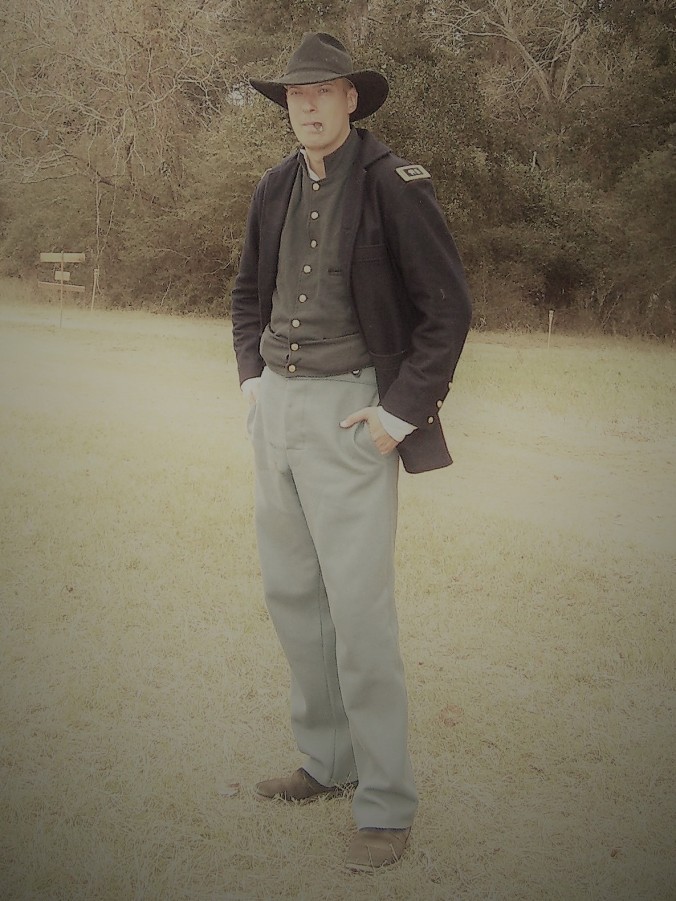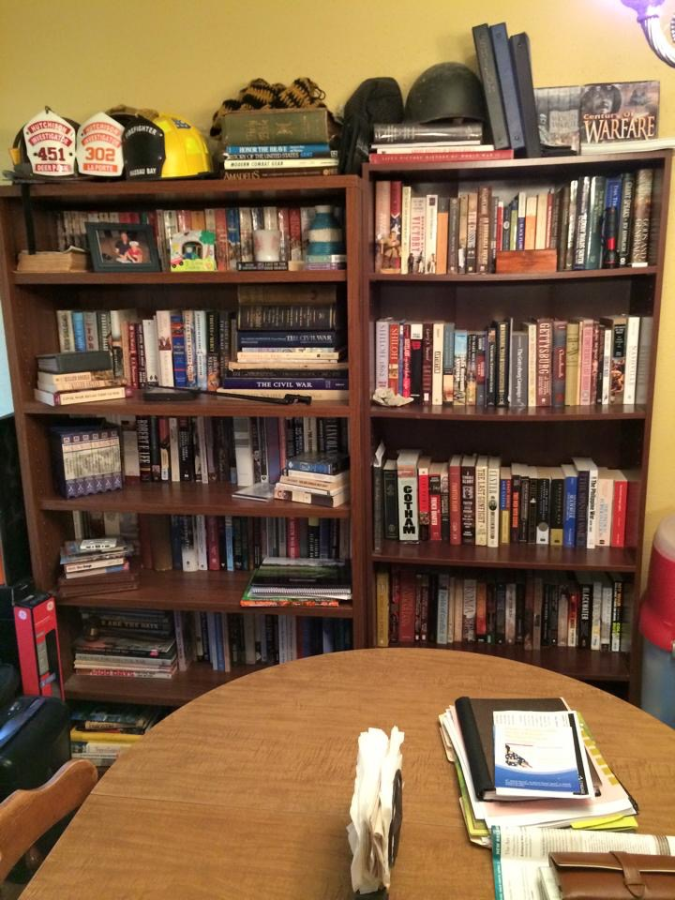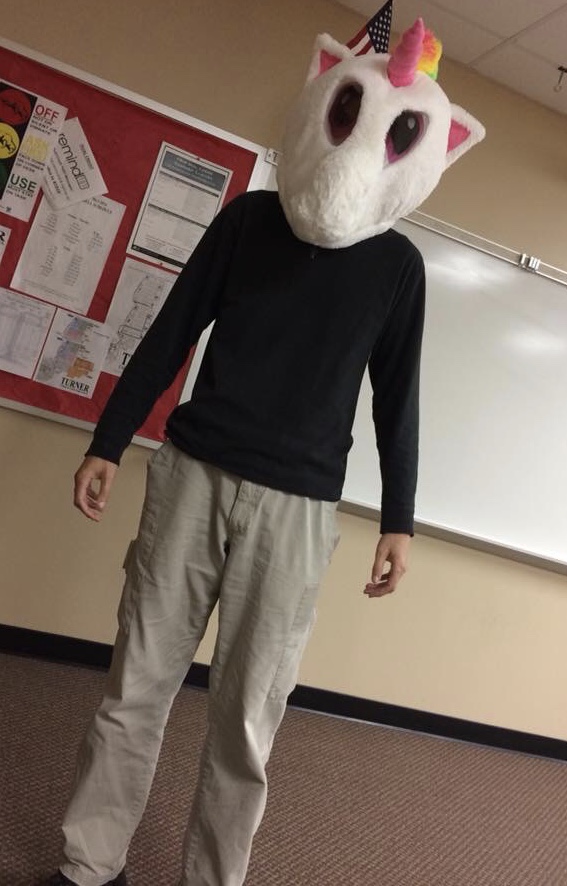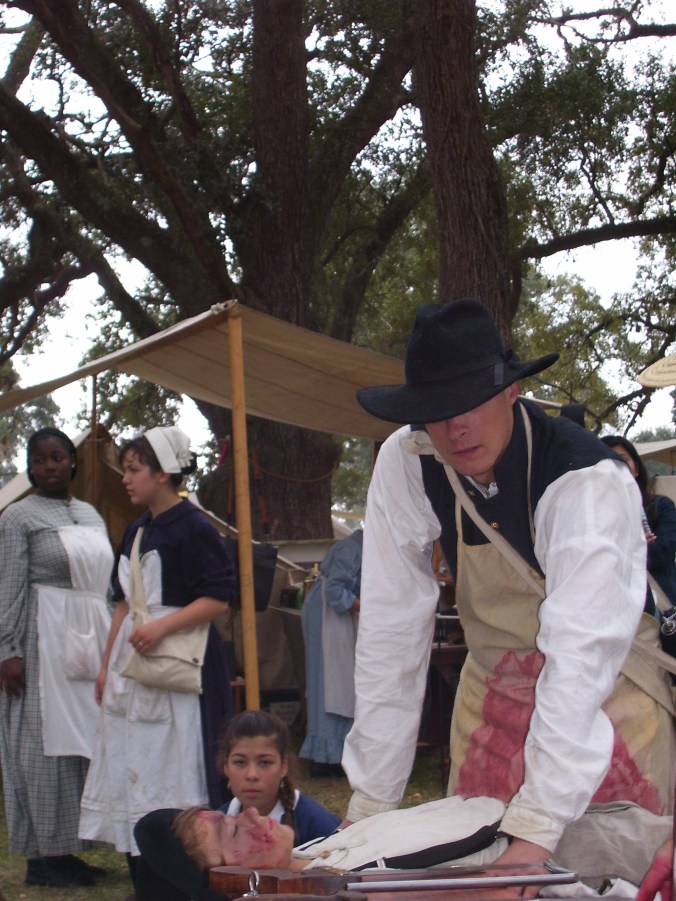
Dear Readers,
Today (Sunday), I got caught up on the boxing action that I missed yesterday. I have a DAZN subscription, but with other things to do on Saturday, I could not watch the fights. And seeing as how the Canelo match didn’t start until after midnight CST, I would have probably fallen asleep anyway. So this morning, as I watched Ireland’s own Katie Taylor win a decision over Christina Linardatou of Greece, I began to ponder the history of la dolce scienza alongside the history of the country. For those who scoff at the importance of sport on a nation’s shared cultural memories, I would only state that you cannot disconnect the history of sport from the history of a people. Indeed, they are as intertwined as two lovers in a bed. Each generation has it’s own sporting events that become part of the shared history of that generation.
I am both fortunate and cursed when it comes to the sweet science. I was born just in time to remember the last big heyday of the ring as king. Though the superbouts of the 80s and early 90s are but a distant memory now, they live on within the memories of those who watched them. Ah yes, who can forget the first round of Hagler v. Hearns? Or in 2003, the epic Ward v. Gatti I? But, reader mine, I’ve also lived to watch the decline of the art of bruising as well. With the rise of MMA, UFC, and other combative sports, boxing has entered a long, slow, and unfortunately it seems, permanent decline.
But why does the sport still hold such appeal over those of us who still cling to the glory days of the past? That’s a difficult question to answer. Boxing is an urban sport, a sport of the working class, of immigrants, and of the downtrodden. Consider in the late 19th and early 20th century, boxing dominated the sporting landscape of the Irish and Italian immigrants in America’s cities. It ignited the flames of ethnic and cultural pride and superiority for the same reason that people tune in to watch the Olympics. How many Americans actually watch, for example, women’s gymnastics when it isn’t the Olympics? But every four years, tens of millions tune in and suddenly turn into gymnastic experts on social media. Why? Because in the mind of the fan, if the US wins, then it means that the US is better than whatever countries our team beat. Much the same is true of boxing. Though Irish and Italian Americans don’t seem to follow boxing as much, it is still insanely popular among Hispanic immigrants, proof that boxing is, at least in that part, still true to its roots.
I’m at the same time, a blue collar and working class kid, having grown up in a blue collar town and worked as a firefighter/arson investigator, and also an ivory tower sort, having become a history professor as a retirement job. I usually don’t mention my interest in the sweet science to faculty colleagues as in times past, when I let it slip that I was a fight fan, I was viewed with looks somewhere between disgust and dismay. Individual tastes vary, and boxing is no different. It has nowhere near the wide following that it once had, when top bouts aired free on network television. In my opinion, PPV has helped kill the sport’s popularity by taking it away from a wide audience, not to mention the cost prohibitive factor for many fans. That’s why I’m grateful for DAZN, an app which allows you to watch somewhere around 100 fights a year for the cost of one big pay per view event ($99). Maybe that is what we need to reconnect with the masses, though I fear the damage has already been done.
Truthfully, Dear Reader, I dearly wish they’d carry boxing on the radio! The UK still airs match commentary over the radio, but it isn’t done anymore in the States. In 2015, SiriusXM inked a deal with Premiere Boxing Championships to bring bouts to satellite radio, but only, to my knowledge, aired one weekend’s fight card. Oh well, at least YouTube has tons of audio coverage of bouts from the 1930s-1950s. That’s comforting to this old boxing fan.
Until next time, friends, take care of yourselves, and each other.
L.H.


